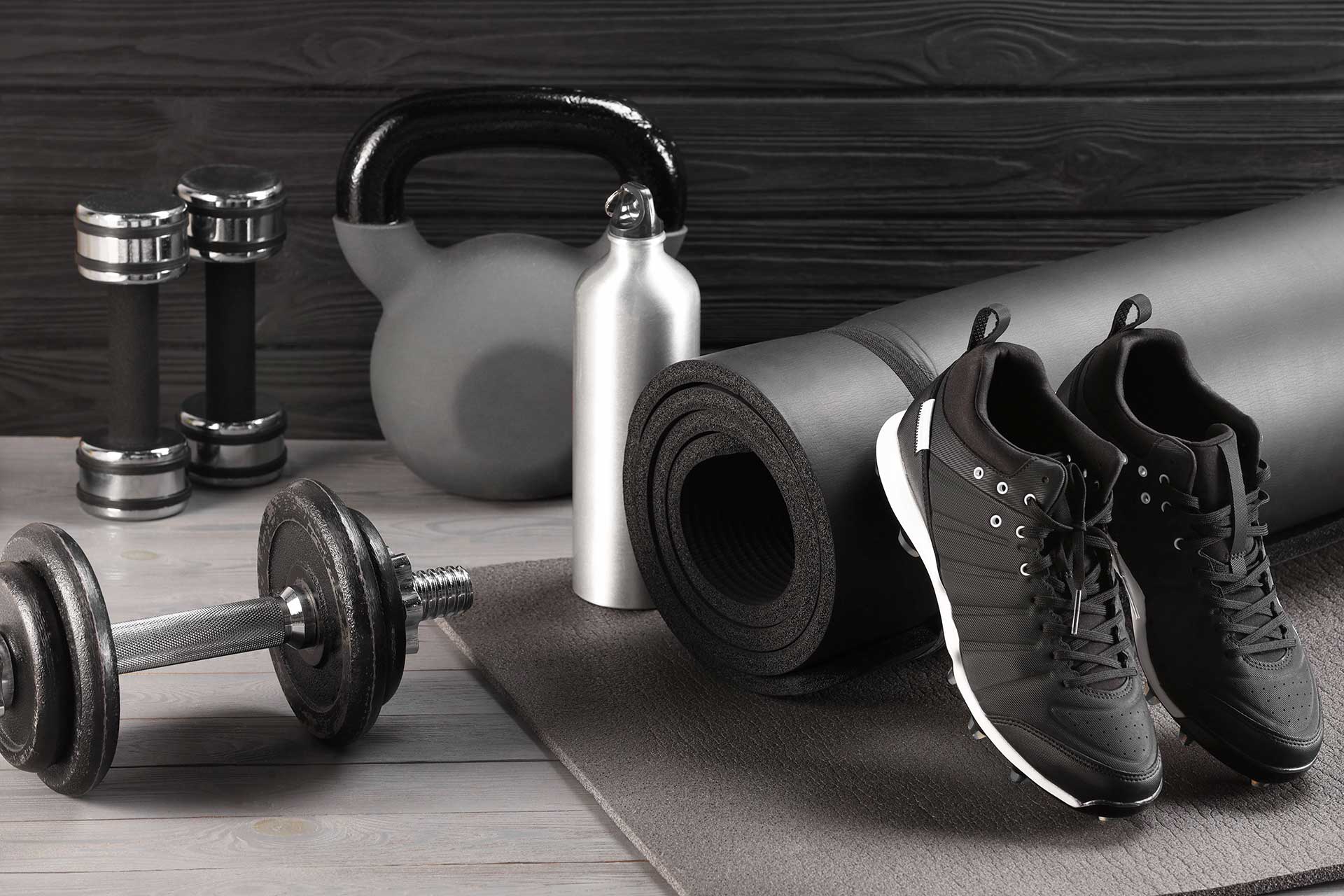Sports Equipment Buying Guide: What to Consider When Making Purchases
- 30 September 2024
Choosing the right sports equipment is essential for anyone looking to enhance their performance, enjoy their workouts, and stay safe. Whether you're an experienced athlete or just starting out, the quality of your sports gear can make a significant difference. Here’s a comprehensive guide to help you make informed decisions when purchasing sports equipment.
Determine Your Needs
Before buying any sports equipment, identify your specific needs and preferences. Are you looking to improve your performance in a particular sport, or do you need gear for general fitness? Consider your training goals and how the equipment will be used. For instance, if you’re into javelin throw, you’ll need specific gear like a javelin and markers. If running is your focus, running shoes, markers, and hurdles might be essential. Understanding your needs will help you choose equipment that aligns with your goals.
Choose the Right Size and Fit
Proper sizing is crucial for both comfort and safety. Wearing incorrectly sized sportswear or equipment can lead to injuries or discomfort. Measure your body accurately and choose sizes that provide a good fit. For sportswear, ensure the design and color suit your needs and preferences. Properly fitting equipment enhances your performance and minimizes the risk of injuries.
Assess Fabric Quality
The quality of the fabrics used in sportswear significantly impacts your comfort and performance. Look for materials that offer breathability, moisture-wicking properties, and durability. Fabrics like polyester and elastane are excellent choices as they are quick-drying and resistant to sweat. Ensure that the sportswear maintains its elasticity and freshness over time.
Evaluate Equipment Quality and Durability
High-quality equipment is an investment in your safety and performance. Choose gear from reputable brands known for their durability and reliability. Test the equipment for sturdiness, such as pulling or stretching fabrics to check for resilience. For gym equipment, consider weight and construction; heavier machines often indicate better quality. Inspect used equipment carefully for signs of wear and tear before purchasing.
Prioritize Safety
Safety should be a top priority when selecting sports equipment. Ensure that the gear meets safety standards and has the necessary certifications. For example, helmets, pads, and other protective equipment should be new and come with safety seals. Avoid buying second-hand safety equipment, as you may not know its history or condition.
Consider Accessories
Some sports require additional accessories to complement the main equipment. For example, if you’re purchasing a shot put, you might need a bag to store it. Assess what accessories are necessary for your chosen sport and include them in your budget. Avoid overspending on non-essential items, and focus on what will enhance your performance and convenience.
Set a Budget
Decide on a budget before making any sportswear purchases. Balance quality with cost, and avoid compromising on essential equipment just to save money. Research different brands and compare prices to find the best value for your budget. Keep in mind that while some items can be bought second-hand, safety equipment should always be purchased new.
Shop Smart
Do Your Research: Gather information from trusted sources, including reviews and expert opinions. Look for recommendations from athletes or sports communities to find the best equipment for your needs.
Try Before You Buy: Whenever possible, test out the equipment before purchasing. This is especially important for items like tennis racquets or gym machines. Ensure the gear feels comfortable and suits your requirements.
Check Multiple Sources: Compare prices and options from various stores. Local shops often offer personalized service and may provide discounts on repairs or maintenance. Online stores might have better deals, but local shops can offer valuable support and advice.
Consider Renting: If you’re trying a new sport or need equipment for the short term, consider renting. This can help you determine if the sport is right for you before making a significant investment.
Be Patient: Take advantage of sales and off-season discounts to get the best deals. Plan your purchases around major sales events and seasonal promotions.
Selecting the right sports equipment involves careful consideration of your needs, the quality of the gear, and safety standards. By following this guide, you can make informed decisions and invest in equipment that enhances your performance, ensures safety, and provides long-term value. Happy shopping and enjoy your sports activities!





